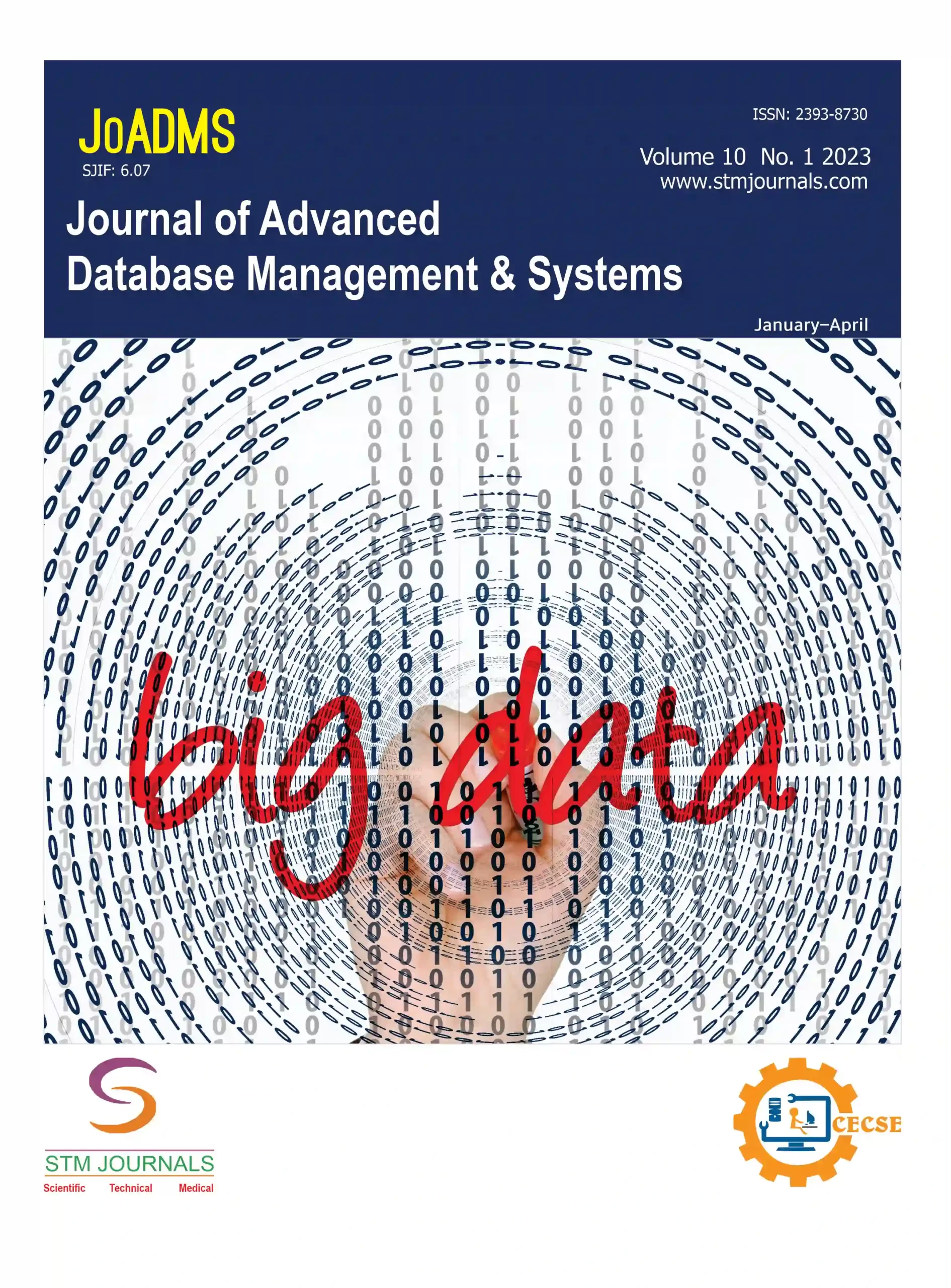N.B. Mahesh Kumar,
- Associate Professor, Department of Computer Science and Engineering, Hindusthan Institute of Technology, Coimbatore, Tamil Nadu, India
Abstract
The rise of blockchain technology has transformed the method of conducting secure and decentralized transactions across multiple industries. At its core, blockchain relies on a robust mathematical foundation to ensure data integrity, transparency, and immutability. This paper delves into the theoretical underpinnings that make secure blockchain transactions possible, including cryptographic algorithms, distributed consensus protocols, and mathematical proofs of security. We begin by exploring the role of cryptography, particularly public-key encryption, digital signatures, and cryptographic hashing, which are integral to securing transactions and maintaining user privacy. The discussion then extends to consensus mechanisms like proof of work (PoW), proof of stake (PoS), and their variants, highlighting how game theory and probability ensure agreement among distributed participants without central authority. Furthermore, the paper examines the use of mathematical models in verifying blockchain properties, such as consistency, fault tolerance, and scalability. Real-world implementations, such as Bitcoin and Ethereum, serve as case studies to illustrate how theoretical principles translate into practical applications. Finally, we discuss the challenges and advancements in post-quantum cryptography and zero-knowledge proofs, which aim to enhance the future resilience and efficiency of blockchain systems. This study bridges the gap between abstract mathematical theories and their practical deployment in blockchain technology, providing insights into designing more secure, scalable, and sustainable blockchain systems.
Keywords: Blockchain technology, cryptographic algorithms, consensus mechanisms, mathematical security proofs, post-quantum cryptography
[This article belongs to Journal of Advanced Database Management & Systems ]
N.B. Mahesh Kumar. From Theory to Practice: The Mathematical Foundations of Secure Blockchain Transactions. Journal of Advanced Database Management & Systems. 2025; 12(01):13-20.
N.B. Mahesh Kumar. From Theory to Practice: The Mathematical Foundations of Secure Blockchain Transactions. Journal of Advanced Database Management & Systems. 2025; 12(01):13-20. Available from: https://journals.stmjournals.com/joadms/article=2025/view=192936
References
- Bashir I. Mastering Blockchain. Birmingham, UK: Packt Publishing Ltd; 2017.
- Guo H, Yu X. A survey on blockchain technology and its security. Blockchain Res Appl. 2022; 3 (2): 100067.
- Gupta SP, Gupta K, Chandavarkar BR. The role of cryptography in cryptocurrency. In: 2021 2nd International Conference on Secure Cyber Computing and Communications (ICSCCC), Jalandhar, India, May 21–23, 2021. pp. 273–278.
- Bertaccini M. Cryptography Algorithms: A Guide to Algorithms in Blockchain, Quantum Cryptography, Zero-Knowledge protocols, and Homomorphic Encryption. Birmingham, UK: Packt Publishing Ltd; 2022.
- GeeksforGeeks. Cryptography in Blockchain. [Online]. GeeksforGeeks. 2022. Available at https://www.geeksforgeeks.org/cryptography-in-blockchain/
- Grunspan C, Pérez-Marco R. The mathematics of Bitcoin. Eur Math Soc Mag. 2020; 115: 31–37.
- Bolfing A. Cryptographic Primitives in Blockchain Technology: A Mathematical Introduction. New York, NY, USA: Oxford University Press.
- GeeksforGeeks. Blockchain Public Key Cryptography. [Online]. GeeksforGeeks. 2022. Available at https://www.geeksforgeeks.org/blockchain-public-key-cryptography/
- Franco P. Understanding Bitcoin: Cryptography, Engineering and Economics. Hoboken, NJ, USA: John Wiley & Sons; 2014.
- Tiwari A. Cryptography in blockchain. In: Pandey R, Goundar S, Fatima S, editors. Distributed Computing to Blockchain: Architecture, Technology, and Applications. San Diego, CA, USA: Academic Press; 2023. pp. 251–265.
- Zhai S, Yang Y, Li J, Qiu C, Zhao J. Research on the application of cryptography on the blockchain. J Phys Conf Ser. 2019; 1168: 032077.
- Raikwar M, Gligoroski D, Kralevska K. SoK of used cryptography in blockchain. IEEE Access. 2019; 7: 148550–148575.
- Kumar KS, Rajeswari R, Vidyadhari C, Kumar BS. Mathematical modeling approaches for blockchain technology. IOP Conf Ser Mater Sci Eng. 2020; 981 (2): 022001.
- Joshi AP, Han M, Wang Y. A survey on security and privacy issues of blockchain technology. Math Foundations Comput. 2018; 1 (2): 121–147.
- Yin W, Wen Q, Li W, Zhang H, Jin Z. An anti-quantum transaction authentication approach in blockchain. IEEE Access. 2018; 6: 5393–5401.
- Laurence T. Blockchain for Dummies. Hoboken, NJ, USA: John Wiley & Sons; 2023.

Journal of Advanced Database Management & Systems
| Volume | 12 |
| Issue | 01 |
| Received | 31/12/2024 |
| Accepted | 05/01/2025 |
| Published | 08/01/2025 |
PlumX Metrics
